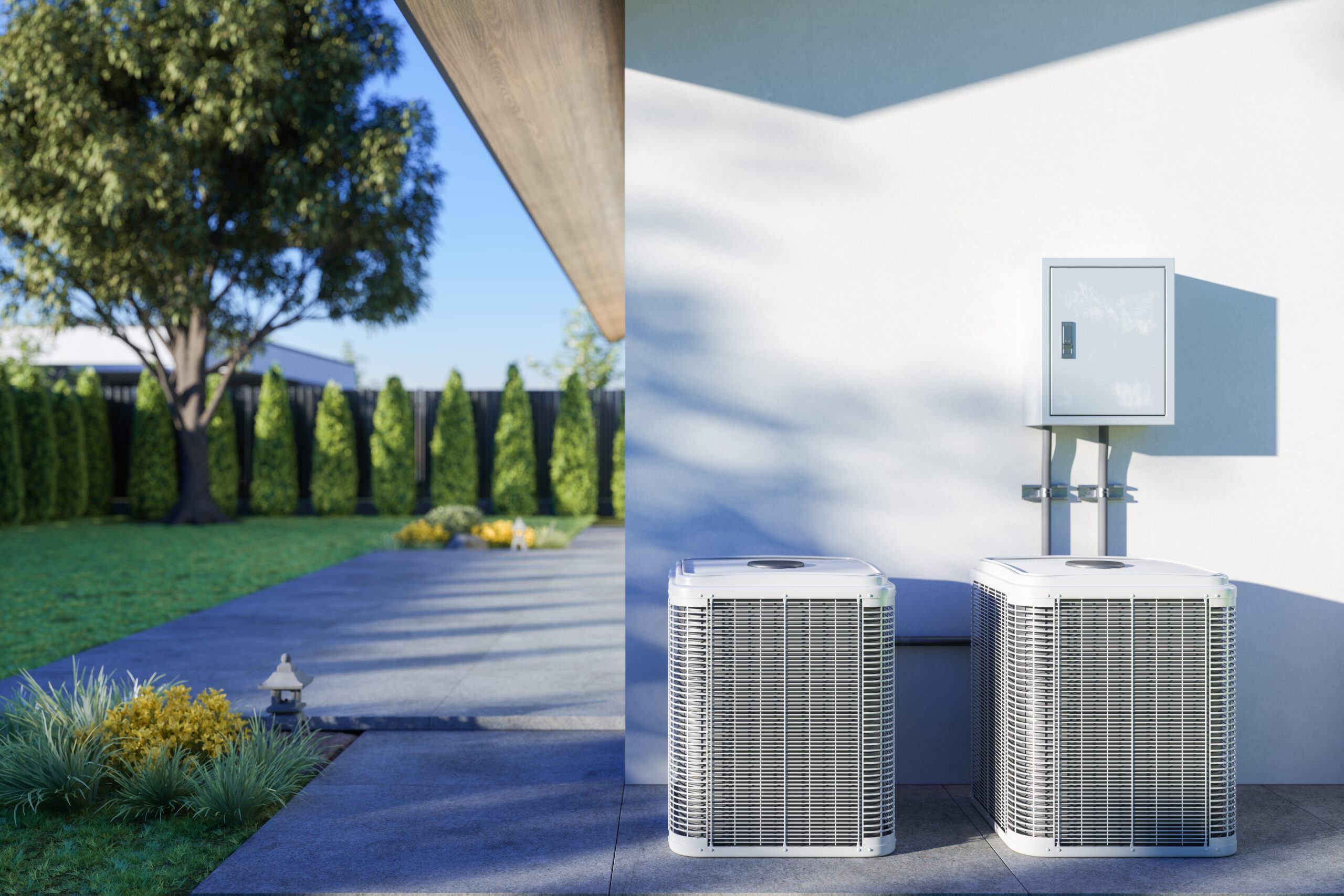
If you live in Salem, OR, spring HVAC tune-ups are very important. They not only save you money but also ensure you can heat and cool your home without any inconveniences. If it’s been more than 12 months since your last tune-up, it’s best to go ahead and schedule one. Read on to learn about nine benefits of a spring tune-up.
1. Cleaner Air Inside the Home
Pollen, mildew and dust are common pollutants that cause indoor air quality problems. By fixing problems like dirty filters and microbial growth, an HVAC tune-up in the spring makes the indoor air healthier. This cleaner indoor air reduces asthma and allergy symptoms. It also makes the air cleaner for pets to breathe and prevents the buildup of dust and particles on furniture and surfaces. More so, cleaner air means less debris and dust circulating through the HVAC system. This promotes optimal HVAC efficiency and reduces the need for frequent maintenance.
2. Better Humidity Control
Salem sits in a part of Oregon prone to humidity challenges. High humidity levels are particularly common during the fall and winter months. Whenever colder weather is in the forecast, being so close to the ocean and the coast can make the air seem even more humid. With a spring HVAC tune-up, it becomes easier to manage indoor humidity levels.
A technician will start by adjusting and optimizing the system’s dehumidification settings. Replacing or cleaning the HVAC system’s air filter also helps the system work properly. This ensures it doesn’t experience impeded airflow that hinders the dehumidification process. Cleaning and inspecting the coils (which are also paramount to effective dehumidification) makes sure they function correctly. Calibrating the thermostat allows the device to accurately read and reflect indoor humidity levels. This is pertinent to the system being able to respond appropriately.
3. Lower Energy Bills
A dirty filter makes the HVAC system use extra energy to compensate for the air resistance, skyrocketing energy bills. Cleaning the filters allows the system to work with minimal energy use. Cleaning the coils improves the system’s heat exchange process, enhancing overall energy efficiency. Calibrating the thermostat prevents unnecessary heating and cooling, further reducing energy use. It’s also during a spring HVAC tune-up that a technician will lubricate moving parts. This reduces friction in the system, which lowers energy loss. The reduced energy loss translates into lower energy bills. If the HVAC system uses air ducts to distribute the conditioned air, the technician will inspect the ductwork for leaks. By sealing the leaks, the system uses much less energy, further reducing energy costs.
4. Fewer Repairs
During a tune-up, technicians inspect the entire HVAC system. This allows them to catch and fix minor issues before they turn into major, expensive repairs. Technicians often discover that refrigerant levels are suboptimal. To keep the system running smoothly, they will recharge the refrigerant. They will also clean and adjust the blower motor, another crucial task that reduces future repairs. Having a reliable heater and AC during the spring in Salem is very important, since temperatures normally range from 37 to 68 degrees Fahrenheit. Even small HVAC repairs can be annoying and inconvenient.
5. Longer HVAC Lifespan
All of the inspecting, cleaning and lubricating that technicians perform extends the lifespan of the HVAC system. They also check and tighten electrical connections. Loose connections typically lead to system malfunctions and breakdowns. Regularly inspecting and balancing the blower motor prevents strain on the motor, contributing to a longer lifespan. Calibrating and optimizing temperature control settings increases the system’s efficiency and helps it last longer. Extending the lifespan of HVAC systems is crucial to saving money and preserving the home’s value. It’s also key to avoiding unexpected breakdowns that disrupt your indoor comfort.
6. Quieter Operation
One of the loudest parts of an HVAC system is the blower assembly. If dirty or misaligned, the blower will be even louder. During a tune-up, a technician will clean and adjust the blower components to ensure the air circulates quietly. Lubricating the system’s moving parts reduces friction, thereby further minimizing the amount of noise the system makes. Tightening any loose components gets rid of noisy vibrations and rattling noises.
Air leaks in the ductwork can produce noise as well, including hissing, whistling, rattling, flapping, humming and vibrating sounds. Hissing and whistling noises occur when air escapes through small holes or gaps in the ductwork (the decibel level increases as the atmospheric pressure of the exiting air rises). A technician will pinpoint the source of noises in the ductwork and address them appropriately.
7. Safer HVAC Operation
A small crack in a heat exchanger in an HVAC system can lead to dangerous carbon monoxide leaks. Loose electrical connections can present fire and electrical shock hazards. This is why a spring HVAC tune-up is vital to making the HVAC system safer. Technicians inspect the heat exchanger for cracks, ensuring that no dangerous carbon monoxide leaks occur. They also inspect all electrical components, tightening them to guarantee they have secure connections. By making sure the thermostat provides accurate readings, maintenance helps prevent overheating and freezing. To make the system have an even safer operation, technicians make adjustments to promote better airflow. If necessary, technicians will clear condensate drain lines. This makes the system safer by preventing water damage and mold growth.
8. Warranty Protection
Preventative maintenance is a requirement of many HVAC warranties. A spring tune-up will make sure you meet all of these standards. Maintaining records of spring tune-ups can serve as evidence of regular maintenance, which might be necessary for filing a warranty claim. This is why it’s so important to get a detailed receipt after every maintenance visit. The receipt should clearly outline the tasks performed during the HVAC tune-up. This could include cleaning, inspections, lubrication and any adjustments made to the system. It should indicate when the maintenance visit took place, helping establish a timeline of regular care for warranty purposes.
The receipt should also include details about the HVAC technician who performed the service, providing accountability and verification of professional maintenance. Furthermore, it should highlight any issues identified during the tune-up and the corresponding actions taken to address them. This demonstrates a proactive approach to system care. To further emphasize compliance with warranty conditions, it might be beneficial for the receipt to clearly mention that the technician performed the maintenance exactly as stated according to manufacturer guidelines.
9. Smaller Carbon Footprint
A spring HVAC tune-up makes sure the system operates with peak efficiency. This reduces the home’s energy consumption and associated carbon emissions. Having a home that has a small carbon footprint is beneficial for several reasons. For starters, it reduces the home’s impact on the environment, contributing to a healthier planet. It also signifies lower energy consumption by decreasing the home’s reliance on fossil fuels. In many cases, homeowners save money on their energy costs by reducing their carbon footprint.
Woodward Heating Air Plumbing offers a variety of services to make your home more comfortable. We specialize in gas piping, indoor air quality, HVAC repairs, thermostats and more. Ready to schedule a spring HVAC tune-up for your home? Contact Woodward Heating Air Plumbing now.





